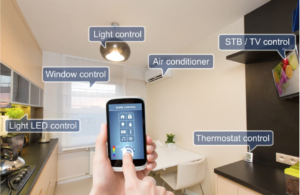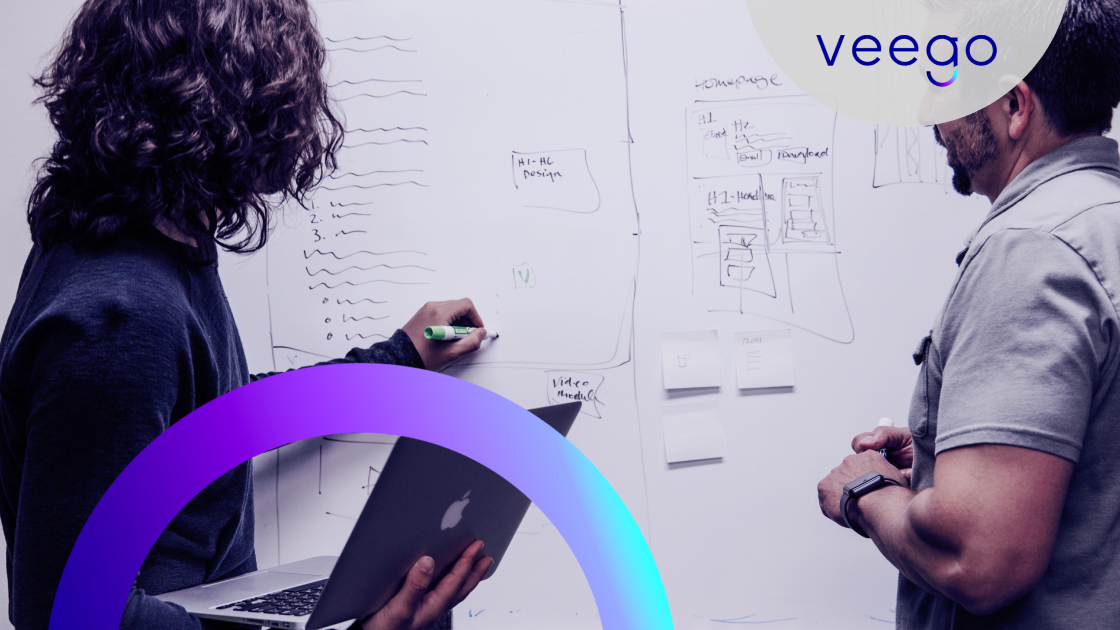We keep hearing from newly minted, connected-home devotees who got in on the latest deal and spent thousands of dollars on some sophisticated IoT device or system like a home theatre or a comprehensive surveillance camera scheme. IDC tells us that the global market for smart home devices will grow 27% in 2019 to 832.7 million shipments on the way to 1.6 billion new devices by 2023. The valuation of the connected-home market is poised to reach US$ 138 billion by 2026. That’s a lot of people buying a lot of new, high-tech equipment—and trying to get all of it to work together.


[/fusion_content_box][/fusion_content_boxes][fusion_text columns=”” column_min_width=”” column_spacing=”” rule_style=”default” rule_size=”” rule_color=”” hide_on_mobile=”small-visibility,medium-visibility,large-visibility” class=”” id=”” animation_type=”” animation_direction=”left” animation_speed=”0.3″ animation_offset=””]
All of the sophisticated pieces not only have to integrate with each other, but have to fit seamlessly into the home’s existing WiFi and smart hub configurations. In their report, There’s no place like the connected home, McKinsey alerts us to a problematic scenario:


To attain a digital-lifestyle experience that is as smooth as aged Camembert cheese requires piecemeal integration between existing connected-home devices and new ones as they are acquired and deployed. That often means big headaches for the newbies and support calls to the ISP or smart-hub operator’s service center.
“How do you get my new cameras to interface with my current alarm system?” cries out one recent friend of ours. “I really don’t want to have to make changes to the alarms since they have been working fine for the last two years, but I can’t get everything to work together!”
Setup and Configuration
The mere setup of sophisticated IoT devices can be a rude awakening to novice adopters. There are cables and connectors and wireless connections to deal with. There is a growing conundrum of communication-protocol compatibility issues. Then, there is the business of getting the new devices to appear on the management menu and to respond properly.
The typical homeowner might feel overwhelmed just by setting up new devices. But the challenge extends way beyond that.
In many cases, already-working devices are called upon to interact with newly purchased ones. Configurations that were stable until now suddenly need to be changed to accommodate the expanded functions and interoperability requirements of the new deployments. After finally getting their mobile-controlled and monitored sprinkler systems to work properly, homeowners looking for that 360-degree automated lifestyle surely don’t want to fight with the sprinklers all over again just because they brought home a newfangled lighting system.
Yes, somebody is moving the cheese.
Help! (I need somebody!)
The smart home is acquired piece by piece, where devices and sub-systems must inter-operate flawlessly. What happens when they don’t? A panicky support call.
Smart-home devotees turn to their ISP or smart-hub operator for help. After all, those are the people who are supposed to make all of this work together. But with so many new manufacturers marketing so many new devices, no service department can possibly keep up with what works with what, which versions of which protocols are compatible, system-wide troubleshooting and the like. Support calls become long and tedious with lots of frustrating interaction with the customer.
“Hey, try this. It didn’t work? Well, then try that.” We are talking about time-consuming support calls, major-league frustration, and more—not just cheese gets churned, but customers, too!
People don’t like it when the cheese gets moved.
[/fusion_text][fusion_button link=”https://www.veego.io/effects-of-climate-change-on-smarthomes/” text_transform=”” title=”” target=”_self” link_attributes=”” alignment=”center” modal=”” hide_on_mobile=”small-visibility,medium-visibility,large-visibility” class=”” id=”” color=”default” button_gradient_top_color=”” button_gradient_bottom_color=”” button_gradient_top_color_hover=”” button_gradient_bottom_color_hover=”” accent_color=”” accent_hover_color=”” type=”” bevel_color=”” border_width=”” border_radius=”” border_color=”” border_hover_color=”” size=”” stretch=”default” icon=”” icon_position=”left” icon_divider=”no” animation_type=”” animation_direction=”left” animation_speed=”0.3″ animation_offset=””]Learn how climate change affects smart home performance[/fusion_button][/fusion_builder_column][fusion_builder_column type=”1_4″ layout=”1_4″ spacing=”” center_content=”no” link=”” target=”_self” min_height=”” hide_on_mobile=”small-visibility,medium-visibility,large-visibility” class=”” id=”” background_image_id=”” background_color=”#e8e8e8″ background_image=”” background_position=”left top” background_repeat=”no-repeat” hover_type=”none” border_size=”2″ border_color=”#e5e5e5″ border_style=”solid” border_position=”all” border_radius_top_left=”” border_radius_top_right=”” border_radius_bottom_left=”” border_radius_bottom_right=”” box_shadow=”no” box_shadow_vertical=”” box_shadow_horizontal=”” box_shadow_blur=”0″ box_shadow_spread=”0″ box_shadow_color=”” box_shadow_style=”” padding_top=”25″ padding_right=”25″ padding_bottom=”25″ padding_left=”25″ margin_top=”” margin_bottom=”” animation_type=”” animation_direction=”left” animation_speed=”0.3″ animation_offset=”” last=”no”]





